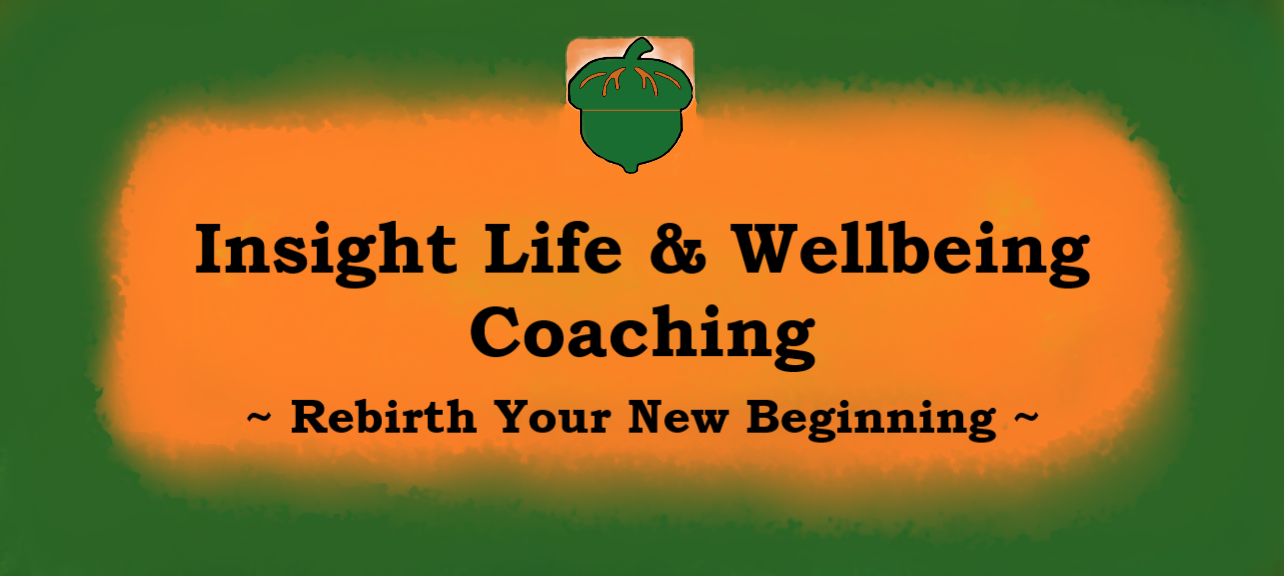
Wellness & Wellbeing: The “wellness” concept is the idea that health care programs should be actively involved in the advancement of wellness, which focuses on a dynamic state of physical, mental, and social well-being, rather than merely being concerned with the treatment and prevention of illness. Wellness is viewed as the result of four key factors over which an individual has some control: human biology, environment, health care organization, and lifestyle.” “The wellness concept also incorporates well-being, which is defined as a state of happiness, contentment, low levels of distress, overall good physical and mental health and outlook, or good quality of life”. In recent years, the term “wellness” has been a more active process focusing on lifestyle choices and preventive measures to improve overall health. Well-being is a much broader concept that includes physical, mental, and emotional health, subjective perceptions of happiness, satisfaction, and fulfillment. Well-being considers spiritual contentment and other aspects of life, such as workplace and financial well-being. Wellbeing is divided into five life tasks and depicted in a wheel with spokes that are interrelated and interconnected. These five tasks are Self-Regulation or Self-Direction, Love, Friendship, Work, and Leisure, in which one’s Spirituality is the hub or the core of the wheel itself, from which all the other life tasks are secondary. Without our spirituality, our lives will stagnate without purpose, and individual thriving and resilience greatly decrease. The life task of self-regulation or self-direction is divided into 12 subtasks: sense of worth, sense of control, realistic beliefs, emotional awareness and coping, problem-solving and creativity, sense of humor, nutrition, exercise, self-care, stress management, gender identity, and cultural identity. (Sweeney &Witmer, 1991; Witmer &Sweeney, 1992; Witmer, Sweeney, &Myers, 1998).

